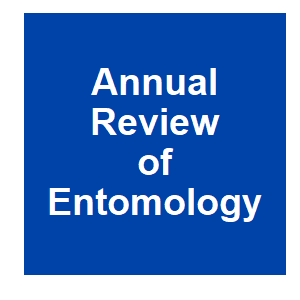Engineering the Composition and Fate of Wild Populations with Gene Drive

|
B. A. Hay, G. Oberhofer and M. Guo,
Annual Review of Entomology,
2020.

Insects play important roles as predators, prey, pollinators, recyclers, hosts, parasitoids, and sources of economically important products. They can also destroy crops; wound animals; and serve as vectors for plant, animal, and human diseases. Gene drive—a process by which genes, gene complexes, or chromosomes encoding specific traits are made to spread through wild populations, even if these traits result in a fitness cost to carriers—provides new opportunities for altering populations to benefit humanity and the environment in ways that are species specific and sustainable. Gene drive can be used to alter the genetic composition of an existing population, referred to as population modification or replacement, or to bring about population suppression or elimination. We describe technologies under consideration, progress that has been made, and remaining technological hurdles, particularly with respect to evolutionary stability and our ability to control the spread and ultimate fate of genes introduced into populations. More related to this Cheating evolution: engineering gene drives to manipulate the fate of wild populations Current CRISPR gene drive systems are likely to be highly invasive in wild populations Hundreds Of Millions Of Genetically Modified Mosquitoes Approved For Release In US
|



